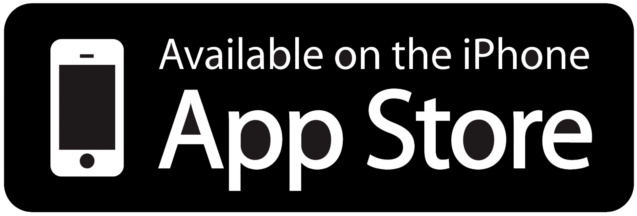
MTB cockpit setup mistakes to avoid
MTB Cockpit setup mistakes to avoid!
Mountain biking is an exhilarating and demanding sport that requires not only skill but also precise equipment setup to ensure a safe and enjoyable ride. One often-overlooked aspect of this setup is the MTB cockpit, which includes the handlebars, stem, grips, and controls. In this blog post, we’ll explore some common mistakes riders make when configuring their MTB cockpit setup and offer guidance on how to get it right.
Ignoring Fit and Sizing when it comes to MTB Cockpit setup
One of the most crucial aspects of a proper cockpit setup is ensuring that the bike’s handlebars and stem fit you well. Too often, riders overlook the importance of getting the right size. A common mistake is using a stem or handlebars that are too long or too short for their body proportions. This can lead to discomfort, handling issues, and even injury.
A variety of factors come into play when deciding what width bar is right for you, or whether to cut down your current bars (remember, you can’t make them wider again 😉). ➡️
☑️ Your arm-span
☑️ Your shoulder width
☑️ How many trees are on the trails you normally ride
☑️ How long your stem is
Taller people (180cm+), and those with very wide shoulders or long arms can often run an 800mm bar and benefit from added stability.
In case their local trails have tight tree sections, you should consider riding a bit narrow bar. Then the danger of smacking your hand on a tree as you zoom by outweighs any benefits that may be gained.
760mm is a pretty good middle ground, and can accommodate anyone from 160cm to 180cm in height comfortably.
Overlooking Handlebar Height
Handlebar height is another critical factor in MTB cockpit setup. Setting the handlebars too high or too low can affect your bike’s handling and overall comfort. When the handlebars are set too high, it can make the bike feel unstable and reduce control in technical terrain. On the other hand, bars that are too low can strain your back, neck, and wrists, leading to discomfort and potentially injury.
To determine the right handlebar height, experiment with various stem spacers and handlebar positions. Start with a neutral position and make gradual adjustments until you find the sweet spot that offers a comfortable and balanced riding posture.
Poor Grip Selection
Choosing the right grips for your MTB is often overlooked but is crucial for maintaining control, reducing hand fatigue, and ensuring a safe ride. Common grip-related mistakes include opting for grips that are too thin, too thick, or not ergonomic.
The right grip should match your hand size and provide a comfortable and secure hold on the handlebars. It’s also important to consider the terrain you’ll be riding on. For rough trails, consider grips with more padding to absorb shocks, while thinner grips may work better for smoother terrain.
MTB Cockpit setup and neglecting Brake and Shifter Placement
The placement of your brake levers and shifters is another area where mistakes can occur. Incorrect placement can lead to discomfort and reduced control. Common errors include having levers that are too far inboard or outboard, or having them at an awkward angle.
To address this issue, spend time fine-tuning the position of your brake levers and shifters. Ensure they are easy to reach and that your wrists are in a neutral position when gripping them. Proper placement will make it easier to modulate your brakes and shift gears while riding, enhancing your overall control.
Neglecting the Aesthetics
While aesthetics shouldn’t be the primary concern when setting up your MTB cockpit, neglecting this aspect can lead to a less enjoyable riding experience. A messy cockpit with tangled cables and clutter can be distracting and frustrating.
Invest time in cable management, ensuring that cables and hoses are neatly routed and secured. This not only improves the appearance of your bike but can also prevent interference with your control inputs, making for a more enjoyable and safe ride.
A well-configured MTB Cockpit setup is essential for a comfortable, safe, and enjoyable ride. By avoiding common mistakes such as ignoring fit and sizing, overlooking handlebar height, choosing the wrong grips, neglecting brake and shifter placement, and ignoring aesthetics, you can enhance your overall riding experience. Remember that the right setup is a personal choice and may require some experimentation to find the perfect balance. So, take your time, seek advice when needed, and enjoy the benefits of a well-tailored cockpit setup on your next mountain biking adventure. Do not forget to download SAGLY. A mobile app for your mountain bike setup and maintenance.
Download SAGLY, a complete mobile guide for your mountain bike riding, suspension settings and maintenance.

